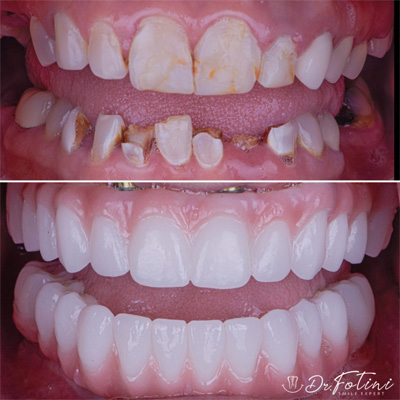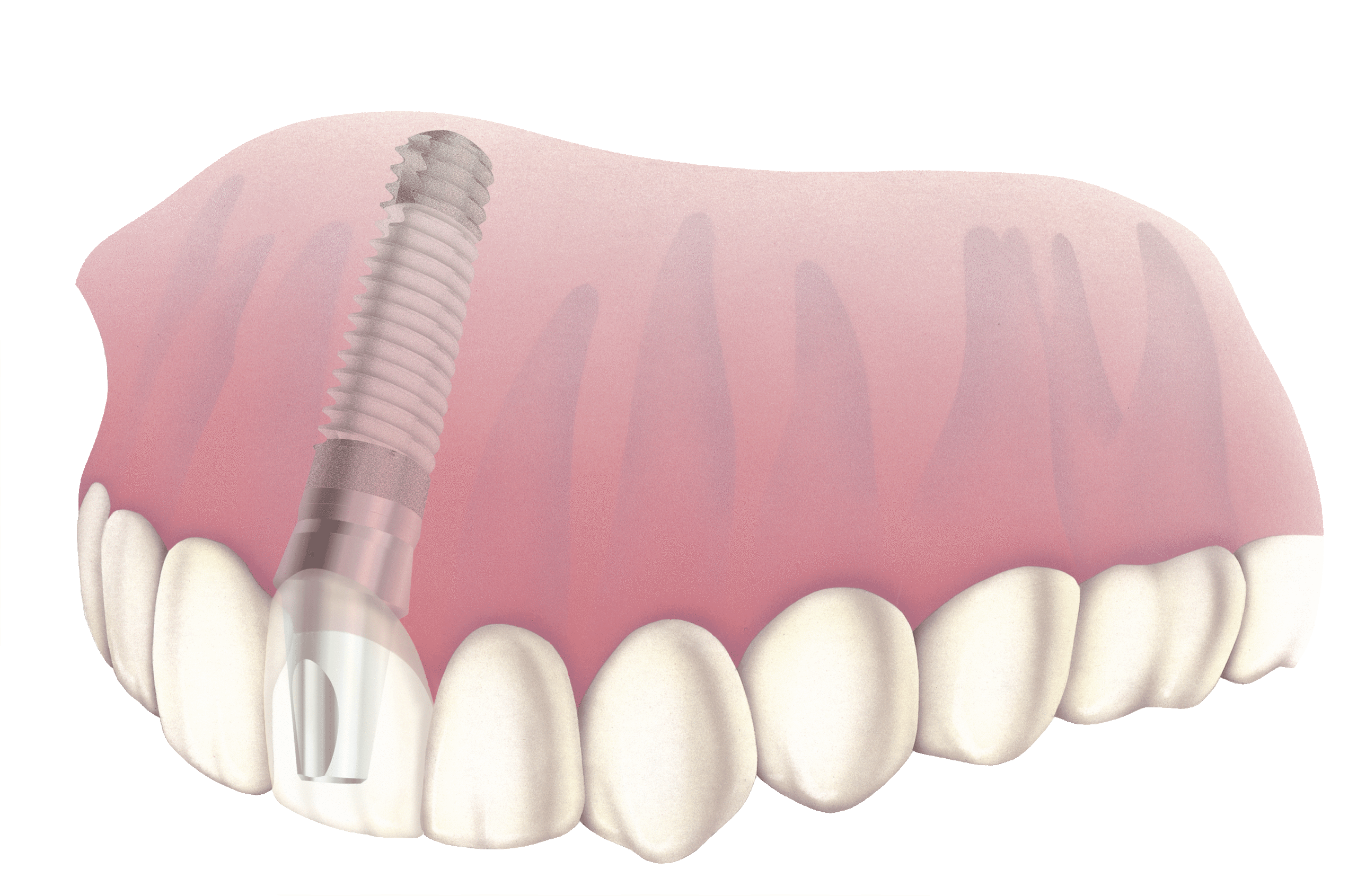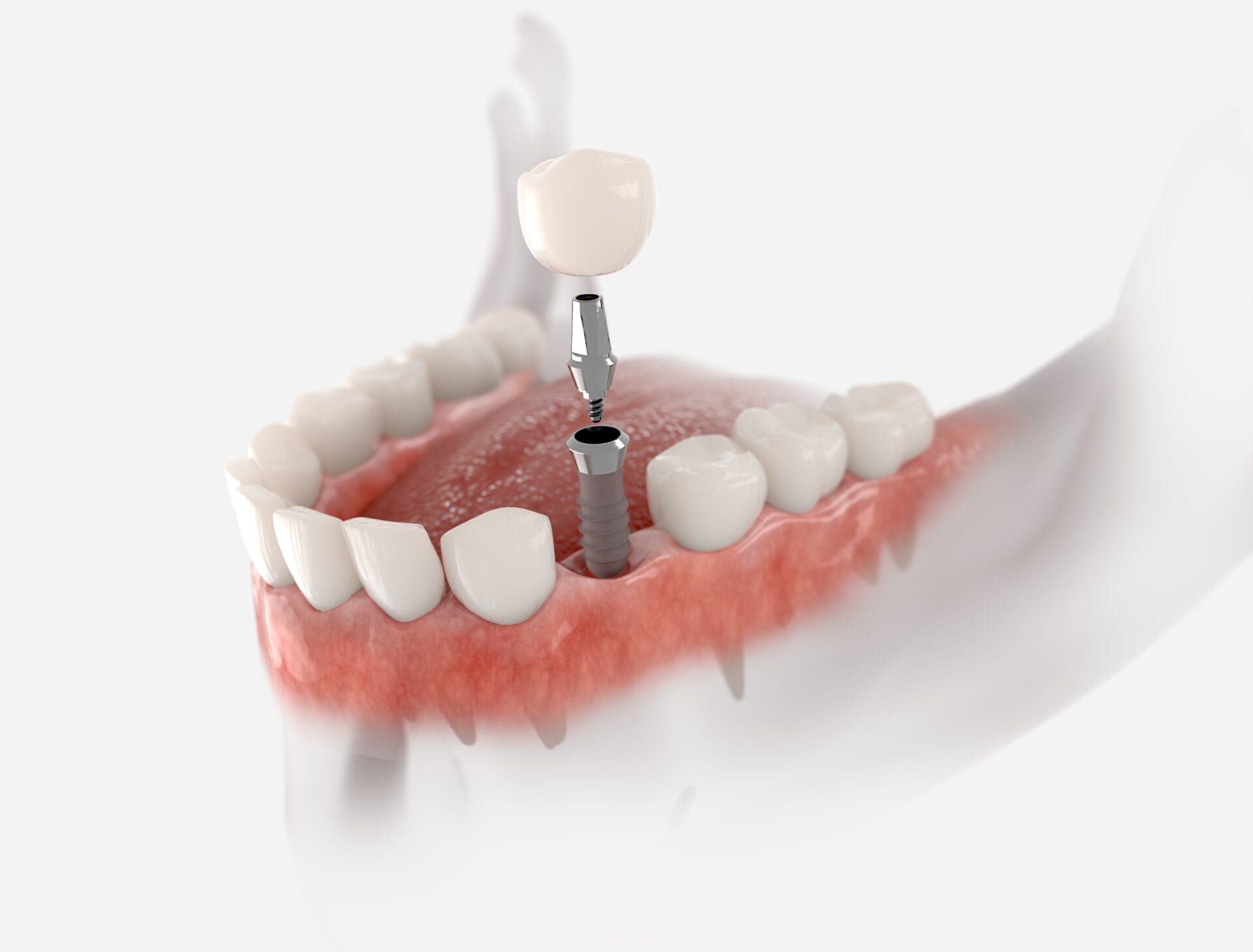Discover Excellence in Dental Implants Kent: Smile Confidently
Discover Excellence in Dental Implants Kent: Smile Confidently
Blog Article
Experience the Most Current Technologies in Dental Implants Technology
As the area of dental care remains to advance, the advancements in dental implant modern technology have been absolutely nothing except exceptional. From the usage of innovative products that boost durability to the implementation of digital imaging for precise placement, these innovations are transforming the landscape of oral treatment. With minimally intrusive surgical techniques and the personalization abilities of 3D printing, clients now have actually accessibility to tailored solutions that were as soon as unbelievable. In addition, the assimilation of innovation is reinventing the performance of dental implants, assuring boosted results and individual satisfaction.
Advanced Products for Enhanced Sturdiness
In the world of dental implants modern technology, the combination of innovative products has actually dramatically contributed to boosting resilience and longevity of these critical dental prosthetics. The use of materials such as titanium alloys, zirconia, and ceramic compounds has actually reinvented the area by providing boosted stamina, resistance, and biocompatibility to rust.
Titanium alloys are extensively used in oral implants because of their exceptional strength-to-weight ratio, rust resistance, and compatibility with the body. These alloys ensure the security and longevity of the implant by holding up against the pressures exerted during chewing and talking, providing a trusted solution for clients looking for resilient tooth replacements.
Zirconia, a sort of ceramic material, has obtained popularity for its biocompatibility and all-natural tooth-like look. Its high toughness and resistance to wear make it a suitable choice for dental crowns and bridges, improving the total appearances and functionality of the implant.

Digital Imaging for Specific Placement
The development of oral implants innovation has even more advanced with the assimilation of digital imaging methods, guaranteeing accurate placement of these prosthetics for optimum practical and aesthetic outcomes. Digital imaging plays an essential role in the preparation and positioning of dental implants by offering comprehensive 3D photos of the person's jawbone framework. This innovation enables dental professionals to evaluate bone thickness, find important structures, and intend the exact position and angle for implant positioning with unequaled accuracy.
By making use of electronic imaging, dental practitioners can produce virtual medical guides that function as a roadmap during the implant positioning procedure. These overviews are personalized for each individual, considering their unique composition and the desired result. This level of accuracy not only boosts the success rate of oral implant procedures yet also lowers the risk of complications.
Moreover, digital imaging allows dental experts to visualize the last prosthetic remediation prior to the actual positioning of implants, enabling thorough preparation and guaranteeing that the end result meets the individual's aesthetic assumptions. In general, the combination of electronic imaging innovation has actually transformed the area of oral implants, offering people a more foreseeable, reliable, and patient-specific treatment strategy.

Minimally Intrusive Surgical Strategies


Innovations in medical strategies have actually caused the advancement of minimally invasive methods in the field of dental implantology. These strategies intend to decrease trauma to the patient, shorten recuperation times, and boost general treatment end results. Minimally intrusive surgeries involve smaller sized cuts, specialized instruments, and progressed imaging innovations to precisely place oral implants with very little disruption to bordering cells.
One key facet of minimally invasive strategies is using directed surgery, where 3D imaging and computer-aided layout software program are used to plan the dental implant placement with excellent accuracy. This enables an extra predictable end result and can typically eliminate the requirement for comprehensive flap surgical procedure.
Additionally, developments in products and implant style have likewise added to the success of minimally intrusive approaches. useful source Implants with boosted surface residential or commercial properties advertise quicker osseointegration, decreasing the healing time needed prior to the prosthetic remediation can be positioned.
3D Printing for Customized Solutions
Utilizing 3D printing innovation in oral implantology allows for the development of very customized services tailored to individual patient requirements and physiological variants. This advanced innovation makes it possible for dental specialists to make and fabricate oral implants with outstanding accuracy and accuracy. By utilizing digital imaging methods, such as cone beam of light calculated tomography (CBCT), comprehensive 3D designs of the person's dental cavity can be generated to direct the dental implant intending procedure.
Among the vital advantages of 3D printing in dental implantology is the capability to produce patient-specific implants that flawlessly fit the one-of-a-kind makeup of each person. This customized method assists enhance the general success and long life of the dental implant by ensuring optimum fit and alignment. Additionally, 3D printing enables for the manufacturing of complicated geometries and complex structures that would be difficult or difficult to attain making use of traditional manufacturing techniques.
Moreover, 3D printing innovation allows dental practitioners to simplify the implantation procedure, lowering surgery time and boosting total individual experience. With its capability to create customized services rapidly and efficiently, 3D printing is transforming the field of oral implantology, offering clients ingenious treatment options and improved end results.
Integrated Modern Technology for Improved Capability
Carrying out advanced technology in oral implantology improves functionality her latest blog and precision, raising the requirement of look after clients undergoing implant procedures. Integrated technology plays a critical duty in improving the total success and sturdiness of dental implants. One essential improvement is the combination of electronic scanning and imaging modern technologies, such as cone-beam computed tomography (CBCT) and intraoral scanners. These tools enable thorough 3D imaging of the client's oral frameworks, assisting in exact treatment preparation and implant placement.
Additionally, the combination of computer-aided layout and computer-aided manufacturing (CAD/CAM) modern technology enables the development of custom-made dental implant restorations with exceptional precision. CAD/CAM systems utilize digital perceptions to make prosthetics that perfectly fit the patient's one-of-a-kind composition, making certain optimal convenience and functionality. Additionally, using robotic-assisted surgery in implant placement improves precision and lessens the danger of human mistake.
Verdict
Finally, the current developments in dental implants innovation offer enhanced durability via innovative materials, specific positioning with electronic imaging, minimally intrusive medical methods, personalized options with 3D printing, and enhanced functionality with incorporated modern technology - Dental implants Kent. These innovations in oral implants innovation are reinventing the field and offering this contact form clients with more effective and efficient treatment options for restoring their smiles and oral wellness
The combination of technology is changing the performance of dental implants, guaranteeing boosted outcomes and patient complete satisfaction.
The evolution of dental implants modern technology has further advanced with the assimilation of digital imaging strategies, ensuring specific positioning of these prosthetics for ideal useful and aesthetic results. Minimally invasive surgical treatments involve smaller cuts, specialized tools, and progressed imaging technologies to specifically place dental implants with marginal disruption to bordering cells.
Carrying out advanced modern technology in oral implantology enhances performance and precision, elevating the criterion of care for clients undertaking dental implant treatments. Dental implants Kent. Integrated modern technology plays an important duty in boosting the overall success and toughness of oral implants
Report this page